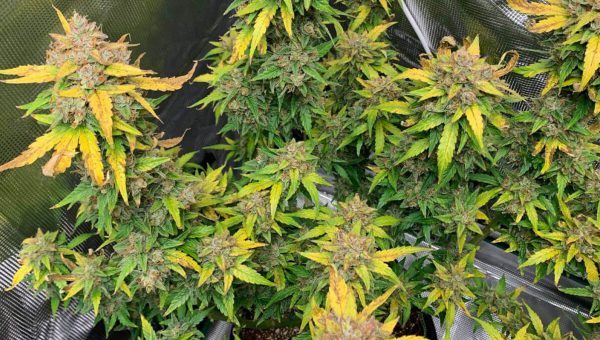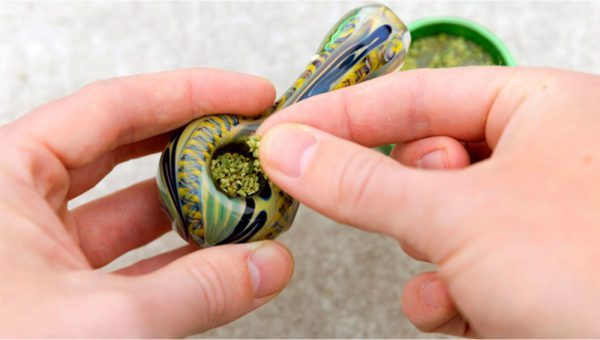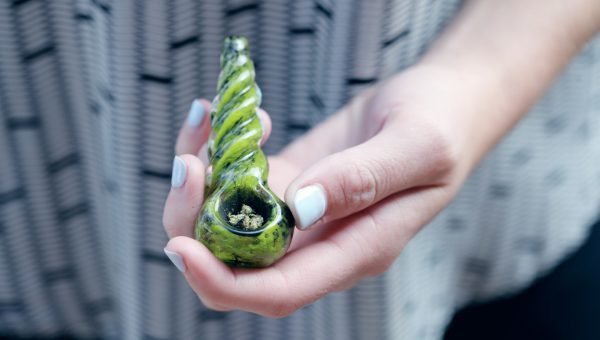There is no doubt that the marijuana industry is booming. Within the past few years, cannabis cultivation has become a craze.
Whether you are a newbie or a veteran grower, you can grow this plant without ease. However, it is not without its issues. One potential problem that many cultivators face is the proliferation of pests – such as root aphids, thrips, and fungus gnats, just to name a few. But the most dreaded are mites, particularly russet mites.
For today’s post, we will share some tips on identifying, treating, and controlling these pests. The key to eliminating these russet mites is to understand them.
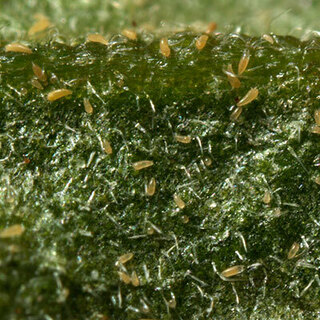
What are russet mites?
Hemp russet mites belong to the eriophyid family of arthropods. Among the more than 100 plant-specific eriophyid species, the microscopic russet mite is the hardest to detect. These pests are only visible when they form clusters since a single mite is too tiny to be seen by the naked eye.
Unlike spider mites, russet mites don’t leave secretions or webbings on the plants. The most prominent sign of their presence is the visible damage to the plant, which is often mistaken as nutritional deficits.
Identification
Through a magnifying glass, russet mites appear as tapered, translucent, wedge-shaped cylinders with a slight yellowish tint, especially when seen in groups. Unlike other mites, russet mites have only two pairs of legs.
Like spider mites and other types of pests, they are now more common than ever. Due to their tiny size, they can be easily dispersed by the wind. They can multiply quickly in areas of intensive marijuana growth since they thrive in warm and moist environments that facilitate their reproduction.
Life cycle
The entire life cycle of a russet mite can be completed in just 7 to 10 days, depending on the environment. Russet eggs require 2 days to hatch. Once the eggs are hatched, the larvae will appear in 3 days. In some cases, the larvae will molt into nymphs, and the nymphs and larvae will look like adult russet mites.
Most mites have 8 legs, but russet mites have only 4 in all their stages. The females can live for a maximum of 3 weeks and lay between 1 and 2 dozen russet mite eggs. The good news is they are unable to stay dormant and survive for long periods, unlike other insects.
Damage
Hemp russet mites are sap-suckers, and the damage can be seen at the bottom of the plant first, moving upward as it grows. The lower foliage will turn yellow and curl, then all the leaves become droopy, and the stem is discolored.
That’s because the plant’s nourishment is being taken away by the russet mites, leading to reduced vegetation and flowering. These tiny pests reproduce rapidly and can spread to all parts of the plant, but they are particularly attracted to the flower resins.
The mites will congregate in the flowers where they can hide and do significant damage. If left untreated, the mites will consume the sap of the entire plant.
Russet mite damage is indicated by:
- Stunted growth
- Mishappen growth
- Curling of the leaves
- Presence of yellow or brown spots
- Drooping of the top part of the plants
- Rough and crinkled leaves
- Brittle leaves
- A dull coloration of the stems and leaves
What are the other types of mites?
Unfortunately, mites are a broad problem. There are lots of mites that cannabis is very susceptible to. It is essential to know how to identify them correctly so that you can treat them properly.
Mites that can are found on cannabis plants can be classified into 3 families: Tetranychidae (the spider mites), Tarsonemidae (the three-footed mites), and Eriophyidae (the gall mites).
Many growers prefer biological control agents because of the concern of pesticides residues on consumable crops, such as marijuana. You have to know the difference between these three types of mites so that you know what kind of treatment plan you should implement.
Spider mites
There are lots of kinds of spider mites, but only two types are commonly found on cannabis. One of them, the two-spotted spider mite, is also found on vegetables and ornamental plants, making it challenging to control because it is present everywhere.
The difference between female and male spider mites is that the adult females are 0.4 mm longer than males. They can be recognized by the webbing they spin on the leaf surfaces, wherein they deposit their perfectly round eggs.
These mites live in hot, dry conditions, usually in greenhouses. They insert their mouthparts into the plant cells and feed on the contents. If they are treated as soon as possible, your plant can recover without further damage to the leaves. But if the plants go untreated, they will turn yellow and develop necrotic spots. These mites can jump into the flowers, which can cause problems when the plants are drying after harvest.
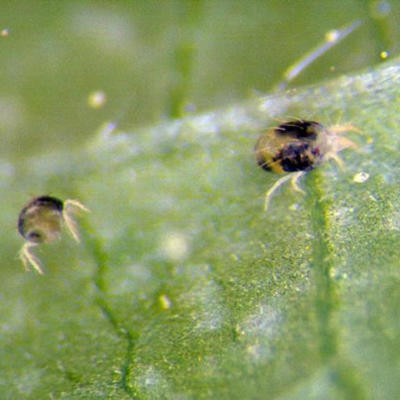
Broad mites
Broad mites are another type of mite with a wide array of host plants. They are smaller than the two-spotted spider mite, and you will need at least 20x magnification to see them. The adult females are 0.2 mm longer than males. The easiest way to identify them is through their eggs. The eggs are elliptical with white tufts and have white dots on them.
Broad mites are hard to detect until you see visible damage. They emit a toxic salve that causes the new leaves to grow in a damaged and thickened way. Even if you treat the leaves, they will not recover. Only the new leaves that are free of mites will be normal.
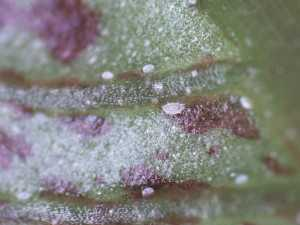
How do you prevent russet mite infestations?
The last group is the russet mites. As mentioned above, they are very small and require high magnification to see them. When these mites feed on your crop, they cause bronzing, leaf curl, and blistering.
Starting a control program is essential to prevent infestation. So, what are the steps you should take?
1. Practice good sanitation.
You can greatly reduce the chances of getting russet mites is by using proper sanitation practices. Try simple, low-cost steps to stop an outbreak. Treat your growing area as you would a hospital operating room. Furthermore, you should clean your tools regularly with a disinfectant.
2. Be careful with new plants or cuttings.
Pests can be introduced into a growing area with new plant material. When you bring cuttings into your grow room, you must know how to treat them to ensure a clean start. Keep in mind that you cannot see the problem with the naked eye, so the best thing to do is to dip the cuttings in some insecticidal soap to lessen the risk of bringing in mites.
In addition, you should quarantine new plants and cuttings in a separate area from your other plants. This will prevent any cross-host pests from jumping over to your cannabis plants.
3. Limit visitors and staff.
To be safe, do not let anyone inside your grow room unless it is their first destination of the day. If they came from another growing operation, do not let them enter yours without changing their clothes first. If they brushed up against infested plants, some mites could have stuck on their clothes, and they could then be transmitted to your healthy plants.
4. Follow these tips.
Preventing the mites from attacking is always the best remedy, so consider these additional tips:
- Grow plants from seeds since russet mites cannot survive on seeds.
- Do not overfertilize because too much nitrogen can attract russet mites.
- Add straw to the soil to provide a habitat for mite predators.
How do you get rid of hemp russet mites on cannabis?
Once you have identified the pests on your cannabis as hemp russet mites, you must eliminate them as soon as possible. Many miticides are not effective for russet mites; you will see that russet mites are not listed on the label.
Hemp russet mites can be very challenging to get rid of; however, it can still be done if you are vigilant. Here are some tips to follow:
1. Consider getting rid of the plants.
If you have a severe pest infestation, the best thing to do is get rid of the plants. Treat the entire room thoroughly and start over. Just make sure you know where the mites are coming from; otherwise, your new plants might end up being infected again.
2. Treat the plants regularly.
If the infestation is severe and persistent, you might have to treat your plants a few times a week or even daily. However, this could be stressful for your plants.
3. Apply the treatment just before turning off the lights.
When treating the plants with a spray, do it right before the lights go off so that your plant be less likely to get burned by the treatment’s ingredients.
4. Read the instructions on the label.
Make sure to read the full instructions on using the treatment, then follow them strictly. This will save you time and money.
5. Repeat the treatments weekly after the mites are gone.
Even if you think that the mites are completely gone, continue with the treatment. You can use a different treatment at least once a week for up to an additional 5 weeks. This will ensure that you have eradicated the pests, and it will prevent them from coming back.
What can you use to eliminate russet mites?
Here are some of the best products you can use to get rid of mites:
Neem oil
Neem oil is an all-natural remedy that is effective for different types of bugs, molds, as well as hemp russet mites. Neem oil leaves an unpleasant taste and smell, so be careful when using it to treat flowering plants.
Neem oil can be harsh on the plants, so do not use it more often than you need to. But if you are desperate and nothing else seems to work, you can use it daily, and it will kill your hemp russet mites effectively.
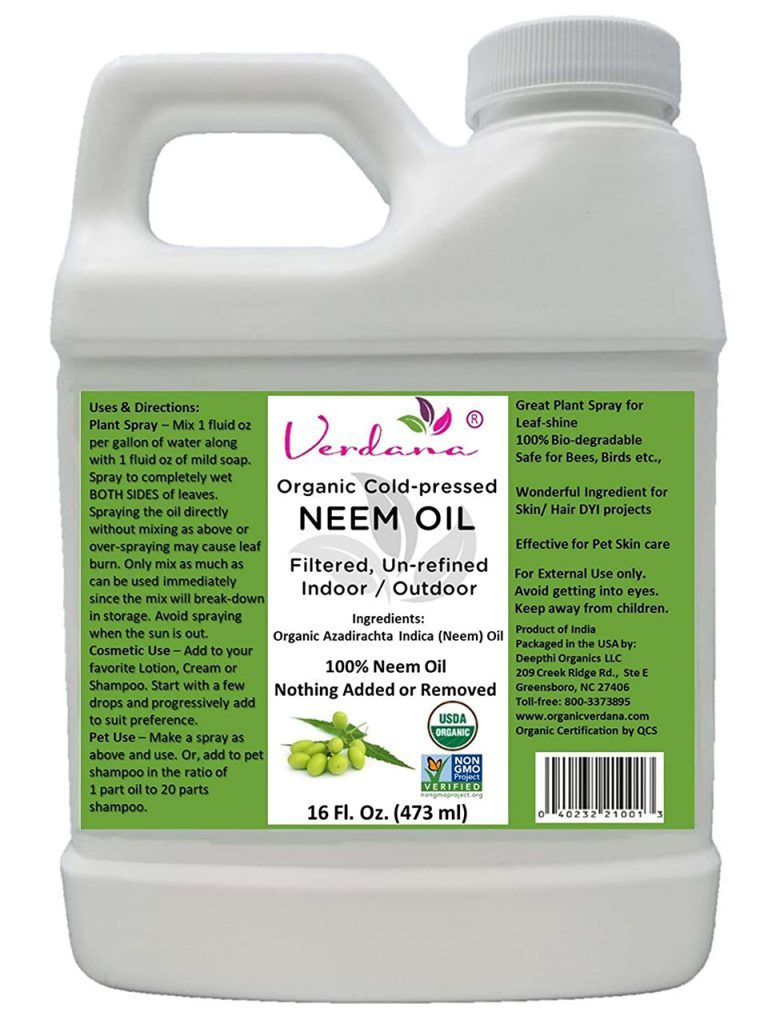
Insecticidal soap
An insecticidal soap can be an excellent choice for getting rid of hemp russet mites. Containing fatty acids, it can weaken the outer shells of the russet mites but is still safe to use on plants. Also, they do not leave as much residue as neem oil and will not kill the beneficial microorganisms in your garden.
Complete coverage is necessary as it does not stay on the plant for very long. Although it is considered safe, you should avoid it getting on your buds.
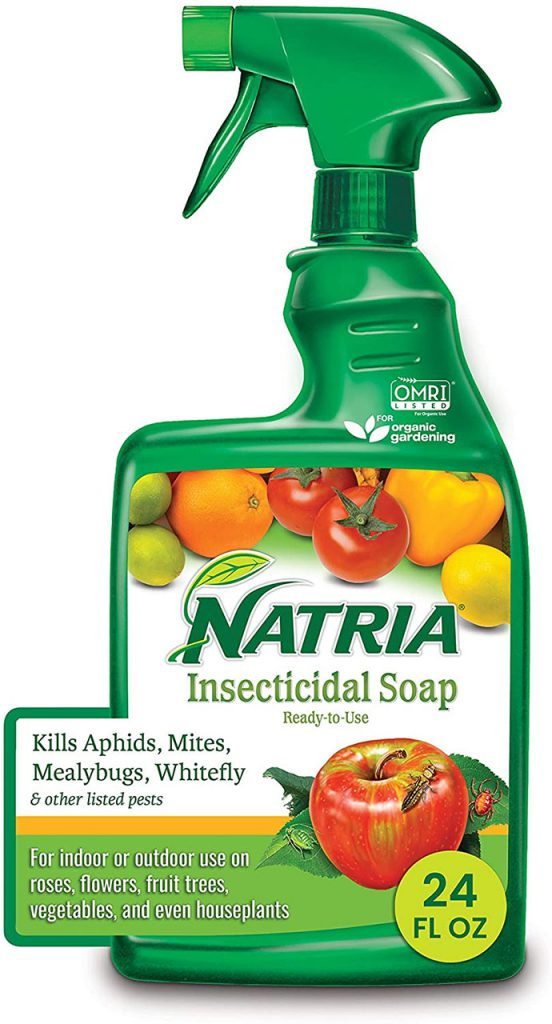
Essentria IC3
Essentria IC3 is a mix of different horticultural oils that are safe and organic. It is often marketed as a “bed bug killer”, but it can be effective against hemp russet mites if the plants are treated regularly.
However, it will only work for about 8 hours after application, so you should apply it daily or mix it with other options.
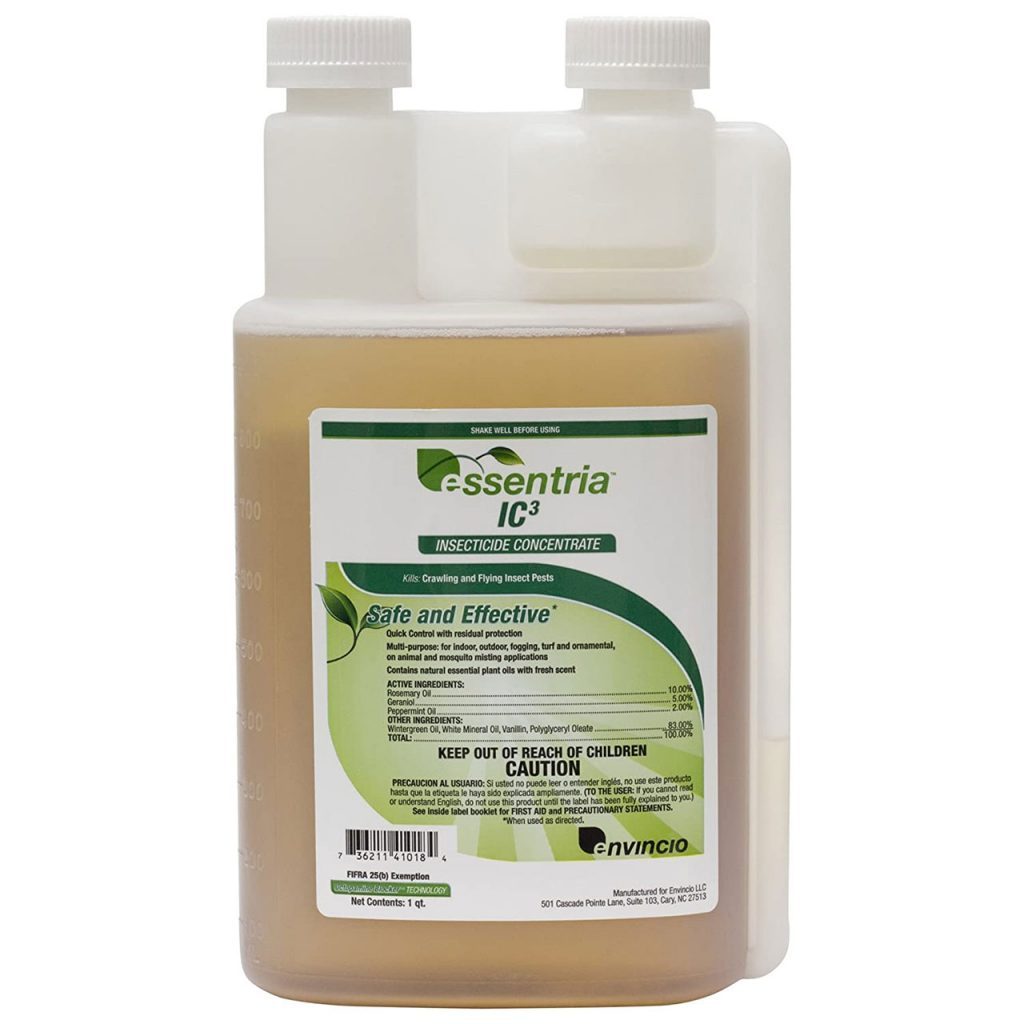
Diatomaceous earth
Diatomaceous earth is a fossil dust that you add to the top of the soil. This powder-like substance is harmless to humans and plants, but the particles are sharp at a microscopic level. Thus, it can tear and dehydrate hemp russet mites. Though it will not get rid of an infestation by itself, it can prevent, control, and slow things down when used properly.
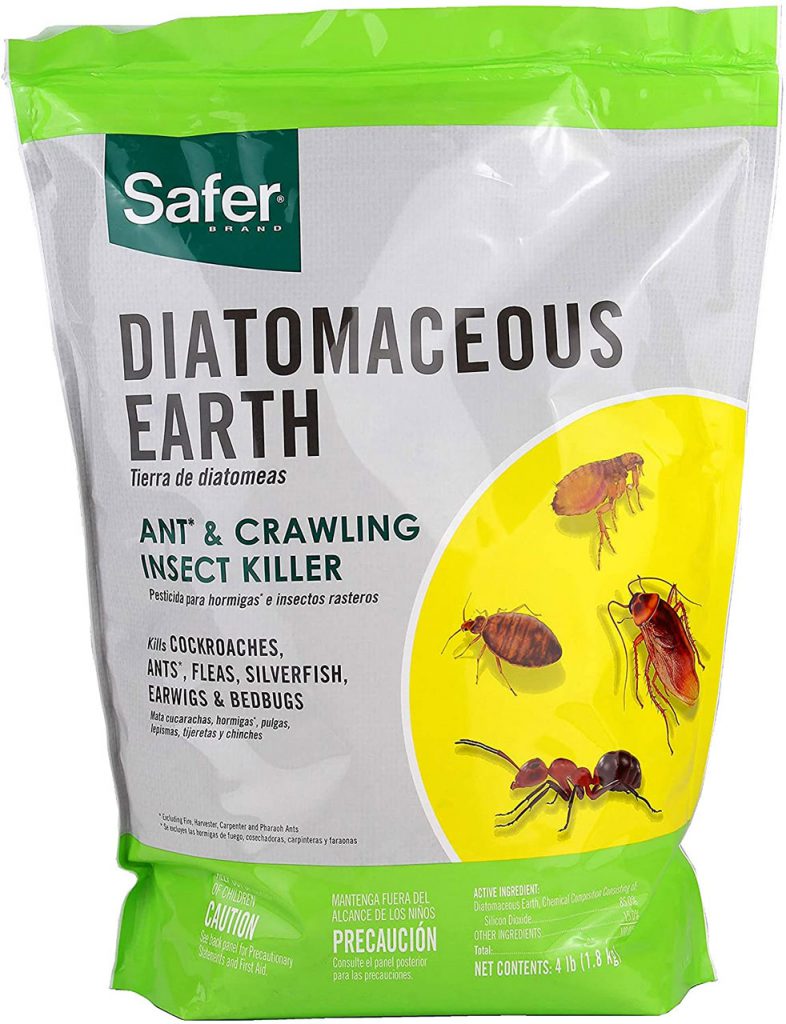
Avid
Avid is a strong miticide containing harsh chemicals that can do the job when nothing else is working. It is a systematic insecticide, meaning it can work by infiltrating plant tissue to kill the bugs. Use Avid only as directed and if it is your last resort.
It should not be used during the flowering stage. Moreover, do not use this product more than twice in a row, or your mites might become resistant. A single application should stay in your plant’s system for weeks.
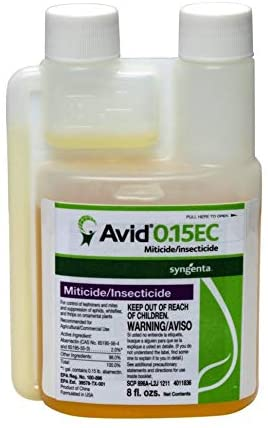
Conclusion
Russet mites are tiny garden pests that can damage your cannabis plants, stunting their growth and reducing the yields. Unfortunately, no plant is immune to these pests; however, you can minimize the damage by acting fast and using the proper treatment plan. There are many ways to eliminate russet mites, but remember that the best cure is prevention.
